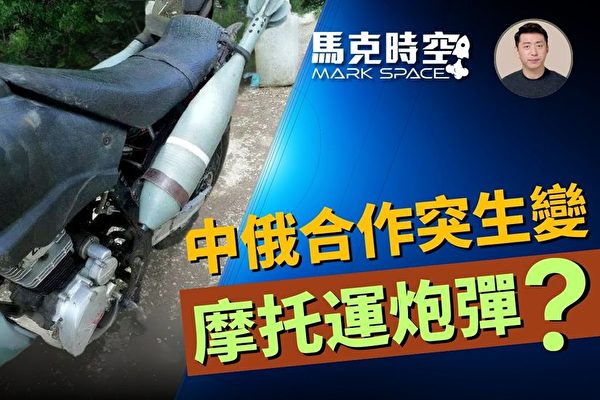Facing escalating sanctions from Europe and the United States, China, which is in an economic predicament, has had to make adjustments. Just 20 days after President Putin’s visit to Beijing on May 16-17, where a number of agreements were signed, the relationship between China and Russia suddenly took a turn. A potential natural gas pipeline agreement between the two nations faced a setback, China Construction Bank has refused to settle transactions with Russia in RMB, Alibaba’s “AliExpress” platform announced it will no longer accept payments in rubles and supply goods to Russia, and leading surveillance system manufacturer Hikvision abruptly exited the Russian market without prior warning. This sudden shift in China’s stance undoubtedly dealt a significant blow to Putin and is likely to have a major impact on Russia’s military production, potentially affecting the dynamics on the battlefield in Ukraine.
Furthermore, 13 countries, including the United States, Germany, the United Kingdom, and France, have agreed to allow Ukrainian forces to use their supplied weapons to attack Russian military facilities. The late May attack on the Russian “Voronezh-DM” strategic radar was revealed to have been carried out by Ukrainian forces using the “Tekever AR-3” drones provided by Portugal. This marked the first time drones from NATO countries were used to attack targets within Russian territory, with the attack covering a distance of over 1,500 kilometers, setting a new record for Ukrainian drone attacks. Despite this development, Russia’s response has not been strong, indicating that they may have already anticipated such a situation. It is likely that there will be more foreign-supplied weapons used to target Russian objectives in the future, as nuclear deterrence no longer intimidates other countries, leaving uncertainty about Russia’s potential countermeasures.
Photos circulating online show Russian forces on the frontlines even using motorcycles to transport 120mm caliber mortar shells: one on each side bracket and another one in the backpack. Under heavy fire from Ukrainian artillery, the Russian forces can only transport three mortar shells at a time in a risky and resource-intensive manner, a testament to the technological and tactical advantages of Ukrainian forces in using FPV drones.
Russia has also acknowledged the severity of this issue and on June 5th, announced a new training program at 70 universities to teach students how to operate drones. It appears that once these university students learn to operate drones, they may be swiftly deployed to the front lines.
The sudden shift in China-Russia trade relations is bound to impact Russia’s military production capacity, especially with European and American weapons aid expected to arrive in the latter half of this year, along with the reinforcement from F-16s. Therefore, the dynamics of the Russia-Ukraine war may see changes in the second half of this year.
Video Content Available:
【Mark Space-Time】Clean World Channel:
https://www.ganjingworld.com/s/QbjYDNxOJB
【Mark Space-Time】Facebook Fan Page:
https://www.facebook.com/馬克時空-Mark-Space
【Mark Space-Time】Instagram:
https://www.instagram.com/markspace5/
【Mark Space-Time】X Platform:
【Mark Space-Time】Program Production.

